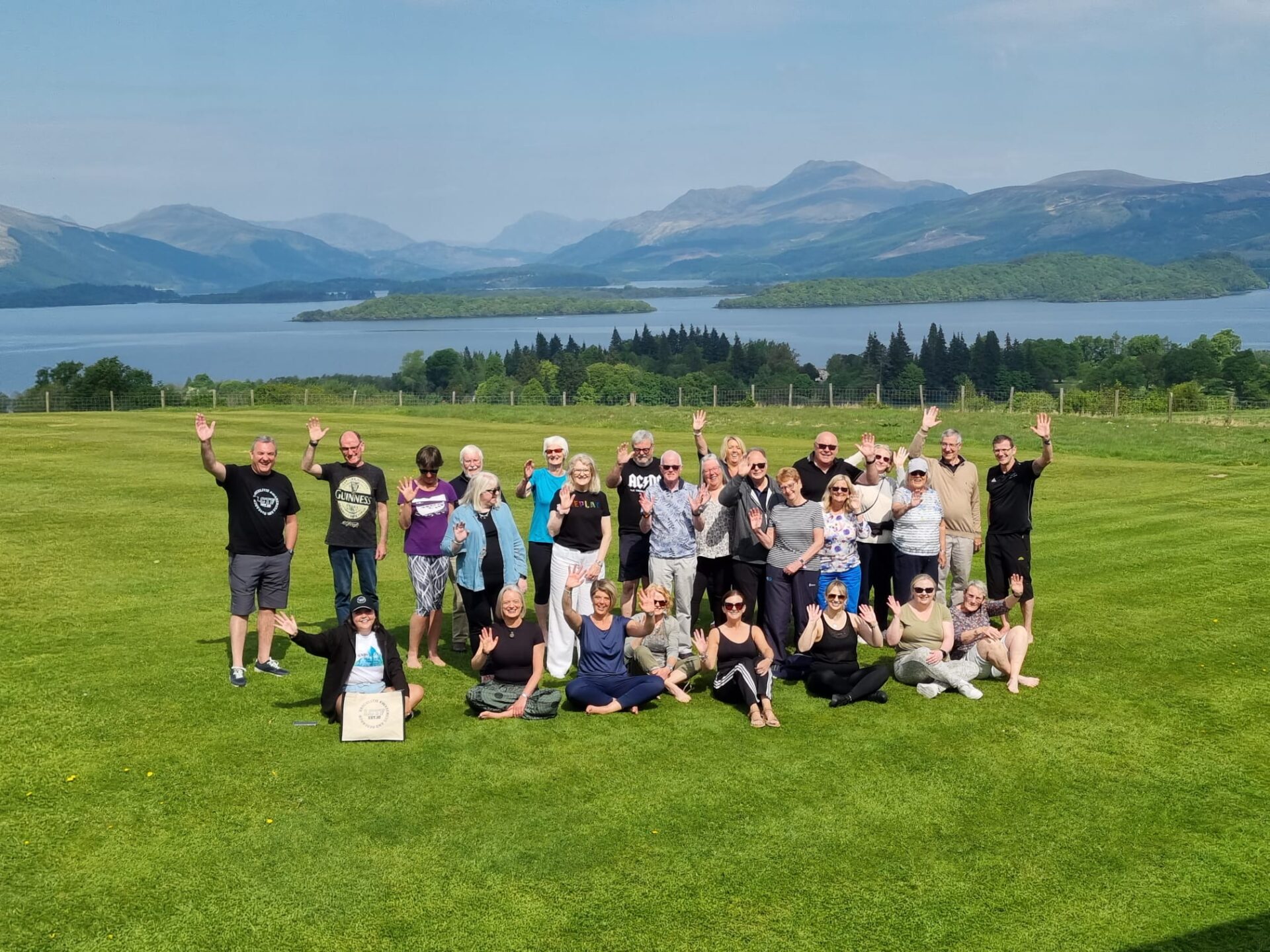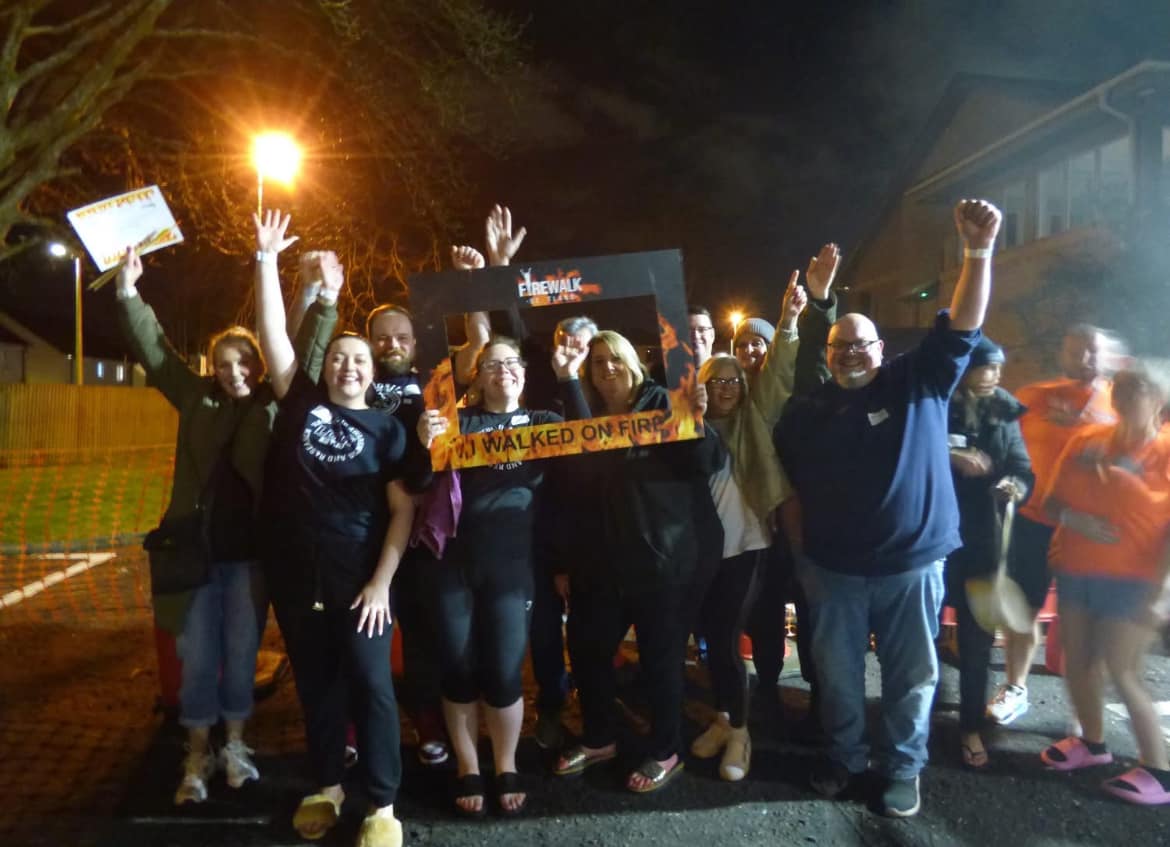ANCA-associated Vasculitis Research Model at The University of Aberdeen
 It’s been over a year since the Lauren Currie Twilight Foundation Vasculitis research programme began at The University of Aberdeen – and what a fast year it’s been! In my previous blog I had told you a little about the project and what we aimed to do and now I’ll give you an idea of how we can do this.
It’s been over a year since the Lauren Currie Twilight Foundation Vasculitis research programme began at The University of Aberdeen – and what a fast year it’s been! In my previous blog I had told you a little about the project and what we aimed to do and now I’ll give you an idea of how we can do this.
Firstly, in order to investigate something that happens in a disease you need to develop a model which will represent what happens in vivo (or ‘within in the living’). This will include the cells that play a role in the disease with the addition of any potentially influencing factors. This then has to be measured in some way to allow comparisons.
For the past year I have been developing a model to investigate ANCA-associated vasculitis (AAV). Some of the key players in AAV are neutrophils and monocytes (which are targeted by ANCA), endothelial cells (a specialised cell which lines the inside of blood vessels) and of course ANCA itself. In order to be able to ‘measure’ or ‘quantify’ what happens in the model, and ultimately in AAV patients, I image these cells in 3D so I can see how they behave. I am interested to see if there are differences in certain behaviours from cells isolated from a healthy donor compared to an AAV patient, and also what direct effect ANCA has on each cell type.
I have attached a picture of what this model looks like. Each cell is labelled with a different colour (neutrophils are green, monocytes in red and endothelial cells in orange), allowing you distinguish between each. Neutrophils and monocytes ‘stick’ to the inside of blood vessels in vasculitis and are able to travel through into neighbouring tissue, ultimately causing the damage associated with the disease. Such features of the disease, as well as others, can be visualised using this 3D model.
Now that the model is established patient sampling will begin soon and AAV patients in the Grampian area will be invited to participate. This will involve collecting a sample of blood – usually at your routine clinic appointment. If you have any questions about the study please send me an email and I’ll be happy to respond. Email c.walls.08@aberdeen.ac.uk.


